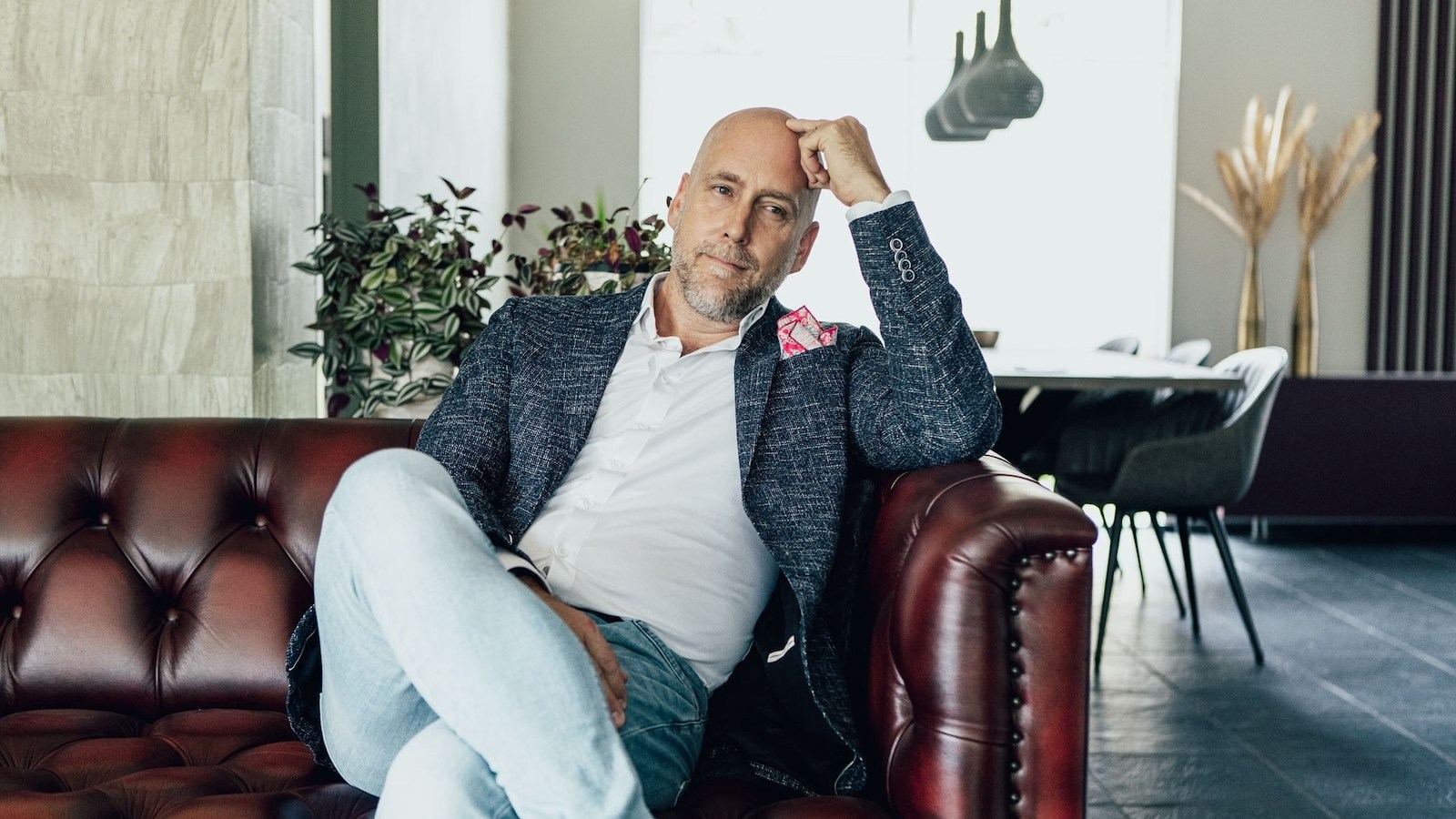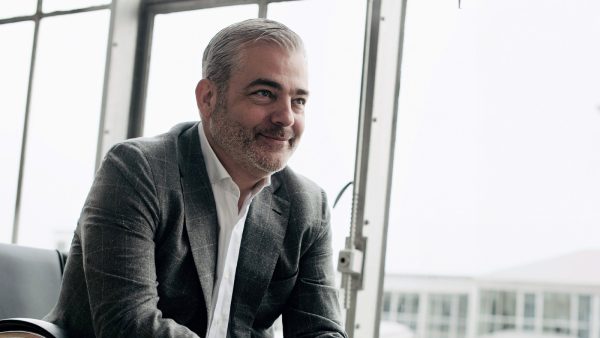“Our customers have already consciously decided they are going to spend a little more when they buy from us,” notes Andy Buyting, President of New Brunswick, Canada-based Green Village Home and Garden. “So I try not to disappoint them!” Buyting raised prices 20% on his most popular item and sold 24% more units this year than last year.
Raise prices! One often overlooked strategy for increasing revenue, profitability, and cash while improving the perception of your brand is raising prices. Of the four “P’s” of marketing, price is the only one that provides direct revenue, the other three (product, place, and promotion) are expenses.
Joe Papalia raised prices in 2006 at PrideStaff, a contract manufacturer of (primarily) waste water treatment equipment. “We raised prices 4% in the spring,” explains Papalia, “and sales are up 25% from last year and profits are up almost 60%.”
Papalia actually raised prices 1% the first month, 1% the second month, and 2% the third month, easing in the increases. Customer reaction? Notes Papalia “they reacted as if they knew it was coming — we hadn’t raised prices for a long time and I simply explained that we needed to raise prices to keep up with the increases in material costs.”
Compensate with value-added services
To compensate, PrideStaff added some reporting tools for the customers that give them visibility into the production schedule. Keeping the customers better informed provided a value add that further justified the price increases.
Jeremy Dixon, owner of Revive, an Auckland NZ-based “healthy concept” café, would concur with PrideStaff’s value added strategy. “I receive a letter a month from a supplier with the usual spiel of ‘we have not had a price rise for 5 years blah blah, due to petrol, wages blah, blah we have had to increase our prices by 2.5%.'”
“My reaction is usually something like ‘is that all – you could have increased by 5% and I would not mind on that product’ or ‘why have you waited this long?’ or ‘I probably would not have noticed if you had just raised it.’ If they are providing good service and a good product then they have nothing to worry about.”
What Dixon is more surprised about is that his suppliers do not use the price increase as an opportunity to both differentiate and up sell themselves, suggesting something along the lines of “We have had to put our prices up by 10%. However we would like to meet with you to discuss ways we can get more economies in your business – our rep will call you and show you our new bulk range that will save you money.”
Change Pricing Structure
Rob Siegel, founder of NYC-based Robert Siegel Architects, actually changed his pricing structure, which resulted in higher fees while also improving client service, providing better control over the integrity and delivery of construction projects, and freeing up senior staff to work on more complex and less administrative tasks.
“One of our three markets is high end residential interiors,” explains Siegel. “Our old pricing mirrored the industry standard fixed fee based upon a percentage of the actual cost of construction, usually around 15 percent. The problem with this pricing structure is the built-in conflict between trying to maintain a construction budget and the fee.”
Siegel decided to move to hourly pricing. The architect specifies all of the materials and finishes, but the fee does not reflect whether the floor tile, for instance, costs $8 per square foot or $80 per square foot. “Now the owner can have what they like and the architect is providing a professional service rather than having their fee tacked on to the cost of each item,” notes Siegel.
In addition, Siegel’s firm purchases all of the stone, appliances, light fixtures, hardware, and plumbing fixtures directly from suppliers on the owner’s behalf. The owner gets the trade discount and they get the option to change their mind without having to get the contractor involved in change orders or worry whether we’re marking up the prices to pad their fees.
“We have found that many owners love the fiscal control and, in the end, spend more on their construction since they are in control of how their money is spent,” explains Siegel. “In turn, our fees are averaging between 20% and 30% of the cost of construction, almost twice what we were getting before.”
Test the Market
Back to Buyting with Green Village, “I wanted to demonstrate that our customers are not as price sensitive as we think they are, so I picked our number one SKU, a twelve pack of bedding plants. Last year they sold for $4.99, with an average price paid of $4.54 (discounts for seniors, contractors, and clearance sales), and we sold 8500 units.”
This year, going against the wishes of our store mangers, Buyting raised the price to $5.99. Results? The average price paid was $5.74 and he sold 10,500 units.
Concludes Buyting, “the most profitable 30 seconds was when I went into the computer and changed the 4 to a 5! This dropped over $16k to my bottom line in just one location.”
Taking a lesson from these business owners and Paul Orfalea, founder of Kinko’s, who used to ask his store managers if any of their customers complained about prices? If not, his response was then “raise them until they do.” Yes, you have to be cautious, but it’s also rewarding to get a decent price.








